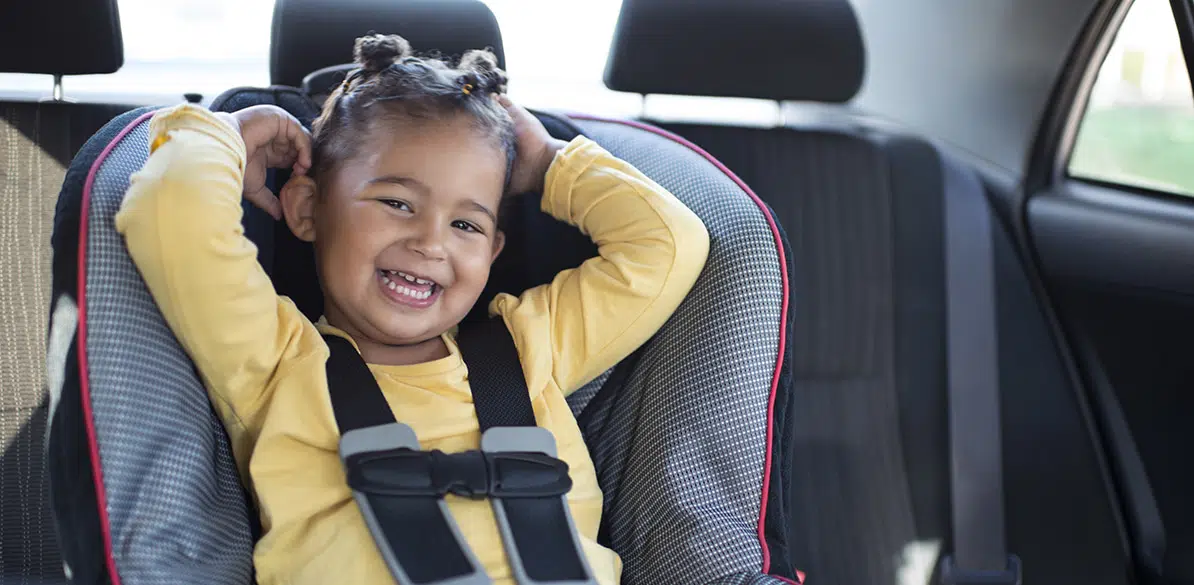What is the safest seat for a child in a car?
Here is a clear but nuanced answer to this question

Road Safety
The basic principle of passive safety dictates that the safest place is the one furthest away from a collision. Since we cannot know how a collision will occur, the seat that is farthest away from all possible collisions is the center rear seat. Therefore, the safest seat is the middle rear seat.
But as mentioned before, there are nuances to this.
The center rear seat is the safest provided that the characteristics of that seat are the same as those of the outer rear seats, but this happens in very few cars; mainly in minivans with independent seats.
In addition, the safety of the child not only depends on the seat in which we place the child car seat, but also on many other factors that must be properly analyzed in order to determine which is the safest seat in each particular case.
In general, child car seats with ISOFIX anchorages, promoted by Regulation 129 as the best solution, provide a higher degree of safety both in terms of seat installation and impact energy reduction. Therefore, the safest child car seats are those with ISOFIX anchorages.
When we put these two concepts together, something doesn’t add up. The safest seat is the middle rear seat, but in 95% of the cars, this seat is not equipped with ISOFIX..
What happens then?
1-If the center rear seat is equipped with ISOFIX, we will use this seat to place the child car seat.
2-If the middle seat does not have ISOFIX, we will place the ISOFIX child car seat in the right rear seat (behind the front passenger), preferably rear-facing.
And why the right seat instead of the left one? Well, for several reasons.
- First, statistically, there are fewer collisions on the right side than on the left side.
- Second, it is easier for the driver to see the child, and vice versa.
- Third, the front passenger seat is not always occupied, which means it can be positioned as far forward as possible to increase the child’s survival space.
In matters of safety, all the factors involved must be considered in order to determine the safest seat. In this case, the determining factors may change, and we must be able to assess them in every situation.
3.- If four children are traveling in the car, we should follow the previous recommendations:
3.1.- Isofix on all rear seats: the youngest child should seat in their CRS in the middle rear seat (rear-facing if under four years old); the second youngest child, in the right rear seat (behind the front passenger); the next child, in the left rear seat behind the driver; and the oldest child, in the front seat (the front passenger seat).
3.2.- No Isofix on the middle rear seat: the youngest child should seat in the right rear seat behind the front passenger seat; the second youngest child, in the middle rear seat; the next child, in the left rear seat behind the driver; and finally, the oldest child should seat in the front.
